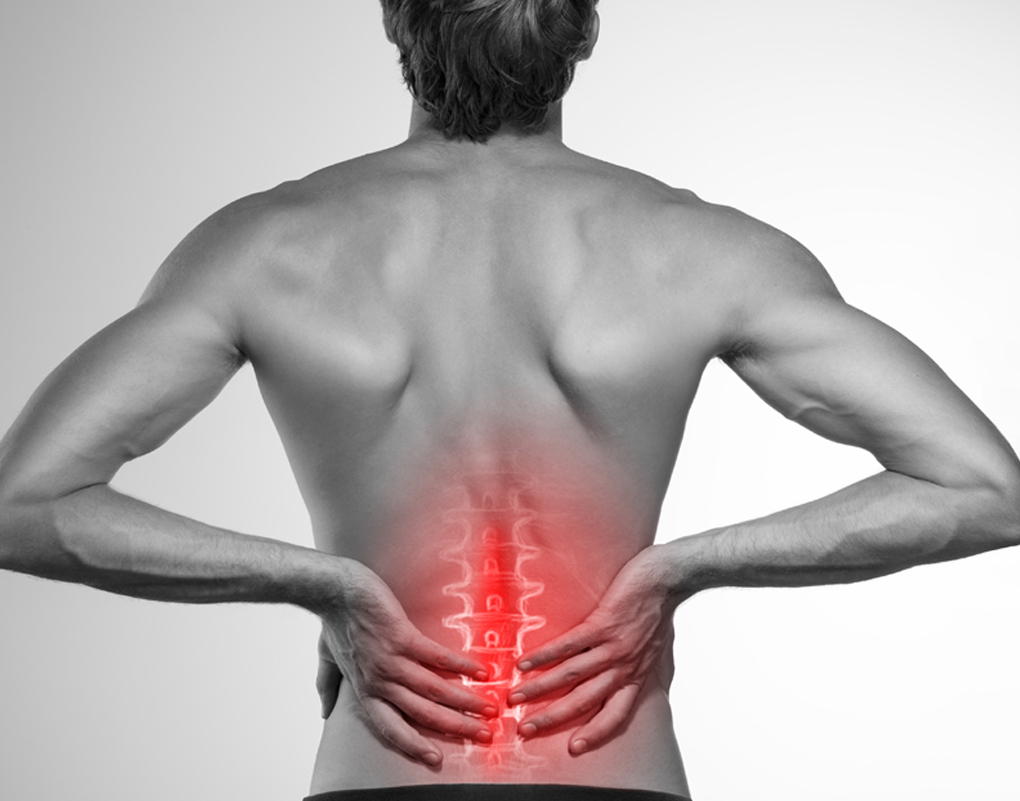
Low Back Pain is one of the most common complaints of men and women of all ages. It may be the result of improperly lifting an object, or the result of trauma. Most often, the pain is the result of a muscle strain and will resolve itself within a few days to a week. Many patients prefer to start with an "over-the-counter" medication such as a topical medical or acetaminophen or ibuprofen, or may seek the help of chiropractic treatment, physical therapy, acupuncture, and massage.
We can help with stronger, but safe, prescription medication. We first consider Non-Steroidal Anti-Inflammatory (NSAID) agents and homeopathic drugs, depending on the patient.
There are many highly effective treatment options - which do not include major surgery.
Neck pain - known as cervicalgia - results when there is a strain or sprain of any of the many muscles of the neck. Think about all the movements of the head and realize that each requires a set of muscles moving in a coordinated fashion. These are generally attached to the vertebrae in the neck or to the back of the skull.
The reason self-adjusting ("popping") your neck feels so good is that you are temporarily relieving the pressure on the muscles. It's also the reason a neck rub or massage feels so good, and why so many people visit a chiropractor and/or a massage therapist regularly.
Sometimes the reason for the neck pain is a dislocated vertebral disc, which may come from a car accident or a sporting event. This needs to be treated differently than neck pain from other casues.
Come see us if the pain persists for more than a day or two.
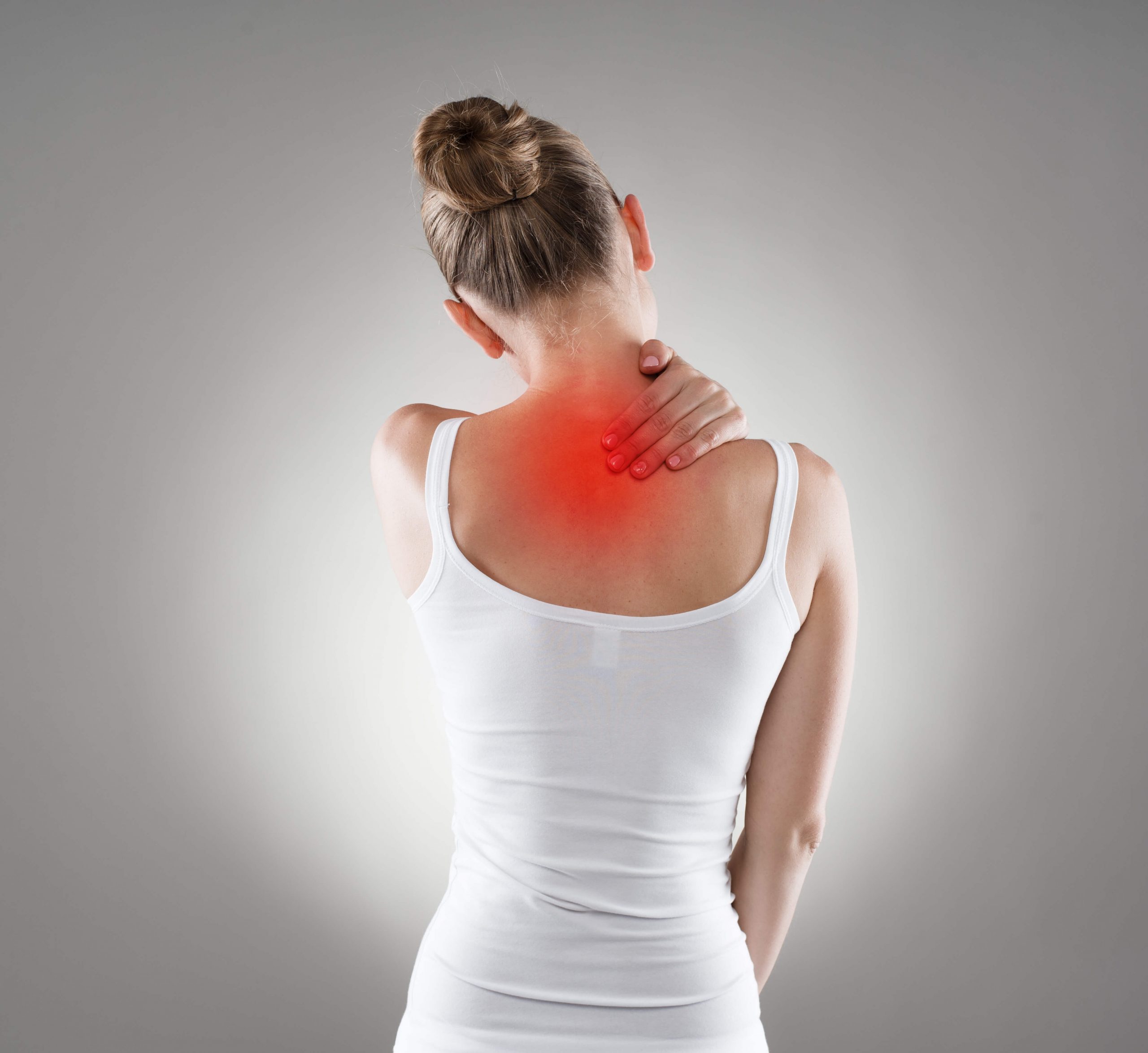
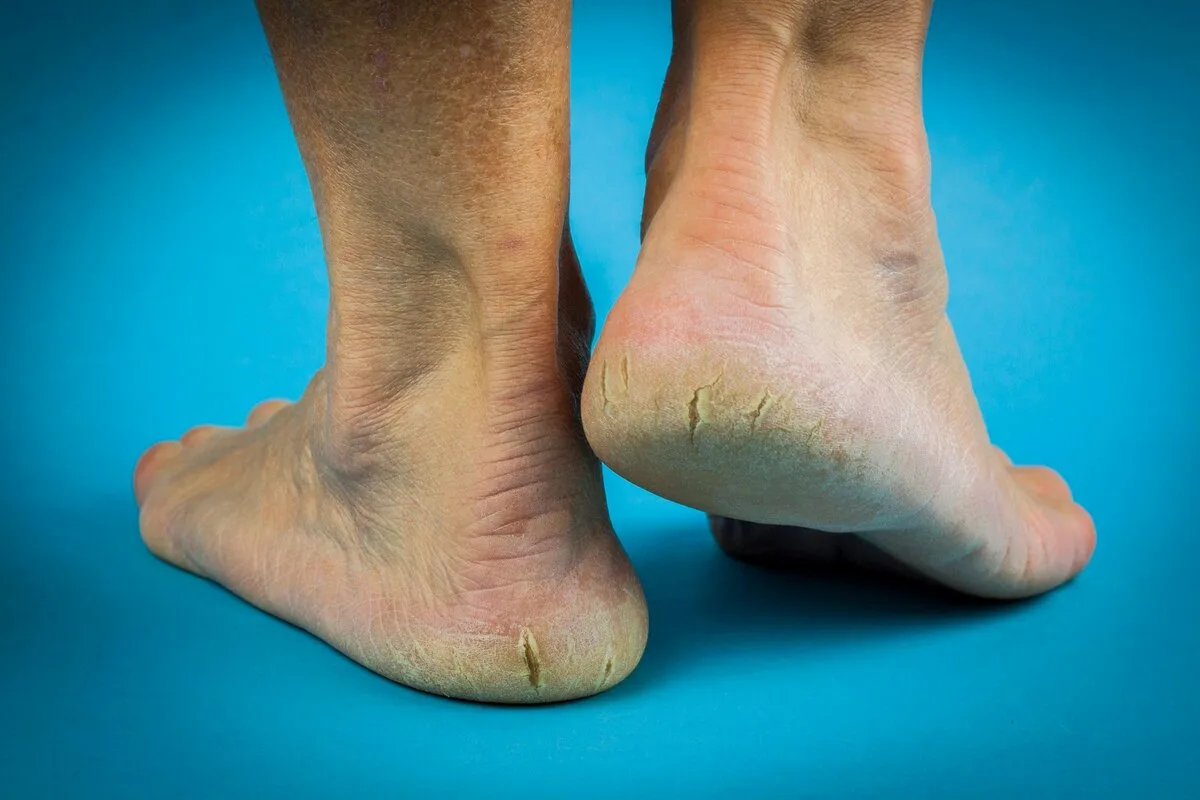
Effective treatment of peripheral neuropathy represents a significant challenge to any medical professional. The fact is, there are so many reasons underlying the condition that no one treatment option works for everyone. If the medical practitioner has only one or two tools in the toolbox, it may seem to the patient that nothing works. When patients are told that there are no more options, it can be frustrating or even infuriating.
The Cause of Peripheral Neuropathy
The root cause of any neuropathy is damage to a peripheral nerve. Medically, this is referred to as ‘insult or injury’ to the nerve tissue. This may be a physical injury, such as nerve entrapment by bones or joints; a viral infection such as Herpes; or a non-physical injury such as from diabetes, chemotherapy, a vitamin deficiency, or an autoimmune disorder. The result is inflammation of the nerve, leading to perpetuation of a pain signal.
We believe the best approach to pain relief is understanding the cause.
Treatment options include conventional medication, high doses of high strength Vitamin B12, homeopathic medications, topical pain relievers, physical therapy, and more.
Fibromyalgia refers to widespread muscle pain usually at the back of the neck, the shoulders, back (upper, middle and lower), and hips. The pain can be moderate to severe, and may interfere with activities of living. In addition to pain, persons with this disorder have other symptoms, such as headaches, irritable bowel, mood swings, and non-restorative sleep (and with that fatigue).
The cause is unknown, but it may be one more of the autoimmune diseases (AI), because people with rheumatoid arthritis and lupus (both AI diseases) are more likely to develop fibromyalgia. The best theories for the cause suggest that the nerves which signal the brain on the status of muscles at any given moment send conflicting messages. The brain, it is thought, interprets this as pain.
Fibromyalgia is not infectious, not hereditary, and is not the result of muscle strain or sprain.
Approximately 4 million Americans suffer from fibromyalgia, and it is nearly 10 times more common in women. While it may occur at any age, the usual onset is from 20-50 years. For reasons that are not at all understood, there tends to be a past history of physical/sexual abuse and/or domestic violence.
Effective treatment may include prescription analgesics and muscle relaxants, including topical analgesics. NSAIDs are largely ineffective in most people. Natural treatments that may be effective in some persons include acupuncture, IV supplements including magnesium. We find trigger point injections to be highly effective in some patients.


Migraine Headache is not the same as a tension headache and cannot be treated the same as any other headache. While Migraines are episodic, during an episode the person who has the migraine can be completely debilitated - unable to work, take of children or others, unable to drive, unable to make good decisions. Very often, patients will try to find a quiet, dark room to rest during a migraine.
A migraine will usually be described as a headache on one side of the head, with a throbbing pain behind one eye. Patients will describe images of flashing lights, sensitivity to light and sound.
Migraines may be triggered by certain foods (red wine, some cheeses, some spicy food or processed food), or there may not be an identified trigger. The headache may last from one to several hours.
If you suffer from episodes of migraine headaches, please don't suffer in silence. Make an appointment for an evaluation and treatment.
Some medications are very effective treatment for many people with migraines. CBD, caffeine, and even NSAIDs may help. We find that an IV with magnesium helps many migraine sufferers. Narcotic medications are simply not a good idea, and will not be prescribed here.
Arthritis is the medical term for inflammation of a joint, which includes pain, swelling, redness and limited movement.
Osteoarthritis is a type of arthritis resulting from a deterioration of a joint. Hence, we call osteoarthritis a "wear-and-tear" arthritis. I see this form of arthritis in people who have worked hard and worn out a joint - knee, ankle, wrist, fingers, and others.
Characteristics of osteoarthritis include involvement of joints on one side of the body, such as the right knee or the left wrist; stiffness in the joint that tends to lessen with 30 to 60 minutes of activity; increased pain with a change in weather pattern.
Rheumatoid arthritis is an autoimmune disorder. Simplistically, you make antibodies to a joint, as if it were infected. This tends to affect the same joint on both sides of the body at the same time: both knees or both wrists, for example.
Gouty arthritis, sometimes just called 'Gout' is a painful inflammation of a joint (usually a Great toe) caused by the deposition of uric acid crystals in the joint. This has been called a Disease of Kings because it is associated with a rich diet.
Psoriatic Arthritis is a painful inflammation affecting about one-third of persons with psoriasis.
There are effective treatments for all types of arthritis, but the treatment is not "one size fits all."
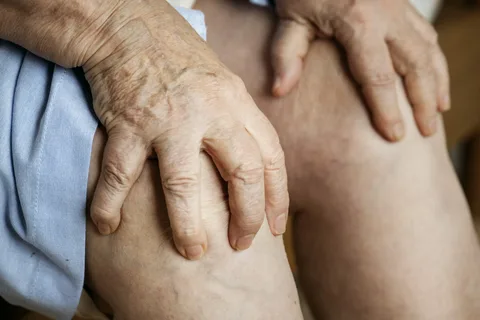
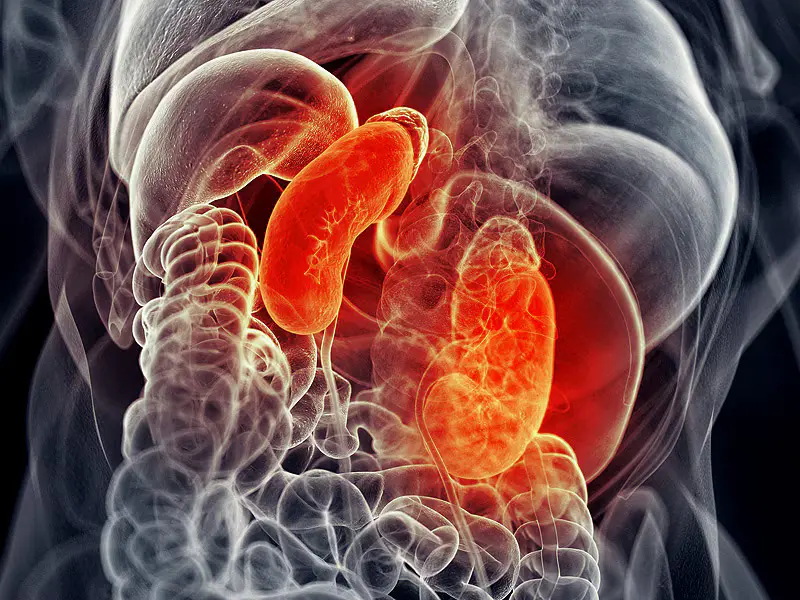
Sometimes, the reason for your pain may be a chronic disease that has damaged nerves, joints, or muscles. When that is the situation, your pain just won't fit into one of the nice, neat categories found in medical textbooks.
While the treatment options are similar, there is also the opportunity to get to the root of the pain and eliminate that. For example, Lyme disease is caused by an infectious agent (transmitted by a tick bite). If we get rid of the infectious agent, you won't need pain relief any longer.
Why tolerate pain and the cost of pain treatment if there is a way to eliminate the underlying cause?
No one likes to think about cancer. The fact is, much of the time modern medicine integrated with natural medicine can treat cancer very effectively. However, during the course of the disease, a person can experience very significant pain.
There are treatments available to help control the pain. A Pain Management specialist may be your best choice for care, but we are happy to consult and offer a second opinion.
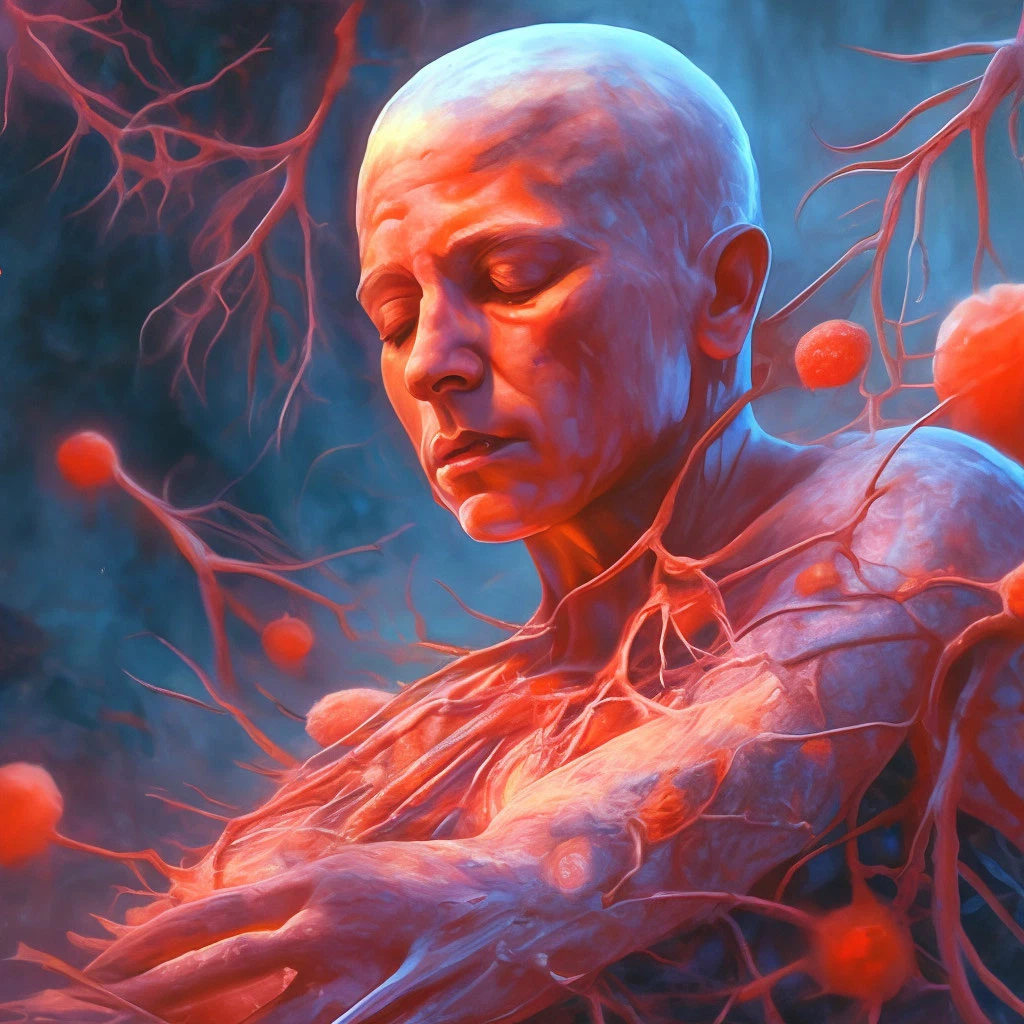

Acute pain is generally described as recent onset pain, such as from a trauma to a joint or some other part of the body.
If the pain persists after the trauma would ordinarily be expected to heal, it may be called chronic.
Some authors, in an attempt to simplify this definition, say pain up to 6 weeks is acute, pain from 6 to 12 weeks is subacute, and pain for more than 12 weeks is chronic.
Far more important that duration is severity of pain. Mild pain needs to be considered differently than moderate or severe pain.
There are lots of options for pain management. We find that injection of pain medication leads to faster relief than taking a medication by mouth.
No two people are alike, and so no two treatment plans should be alike. While we do have standard treatment protocols for pain, the plan for you is based on your health and your pain.
We can't possibly know the best way to treat you until we know you and understand why you hurt. We need to know which medications you are on - for the pain, and for other conditions - which have been effective and which have not.
Don't be surprised if we order medical imaging, such as an X-ray or MRI. We may also check your heart and lungs and certain blood values - just to be sure there isn't more than just one thing causing your pain.

As everyone knows, there is an opioid crisis in this country. Too many doctors and others have too quickly prescribed potentially-addictive painkillers for patients with minor pain.
We believe it is a better practice of medicine to avoid these drugs. There are other choices - better choices - that are just as effective, and without the risks. Let's choose better.